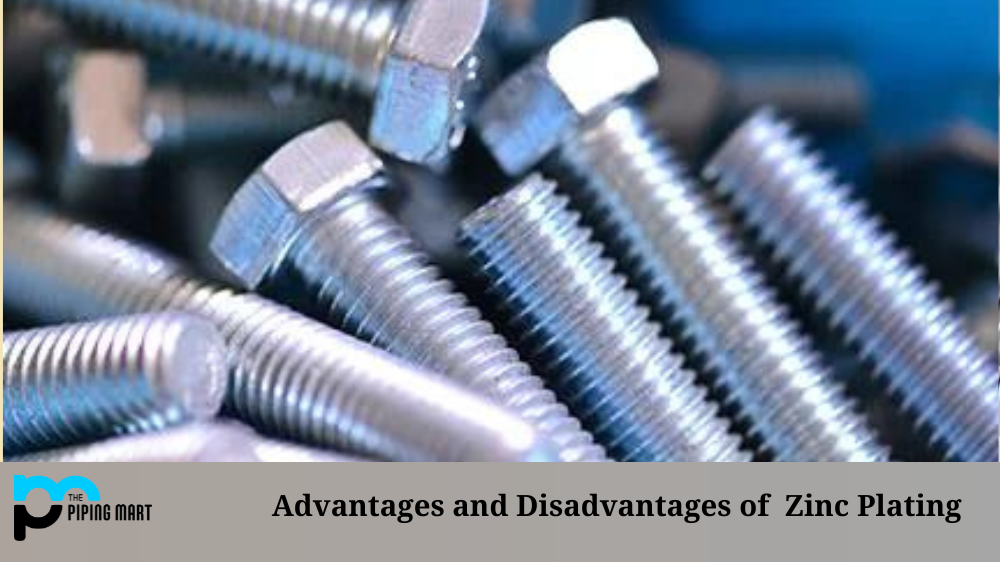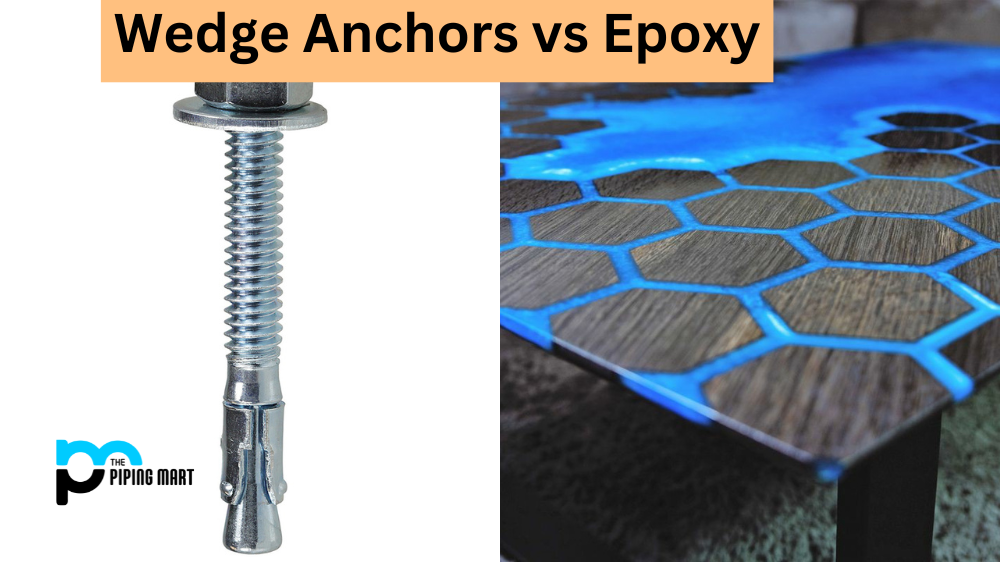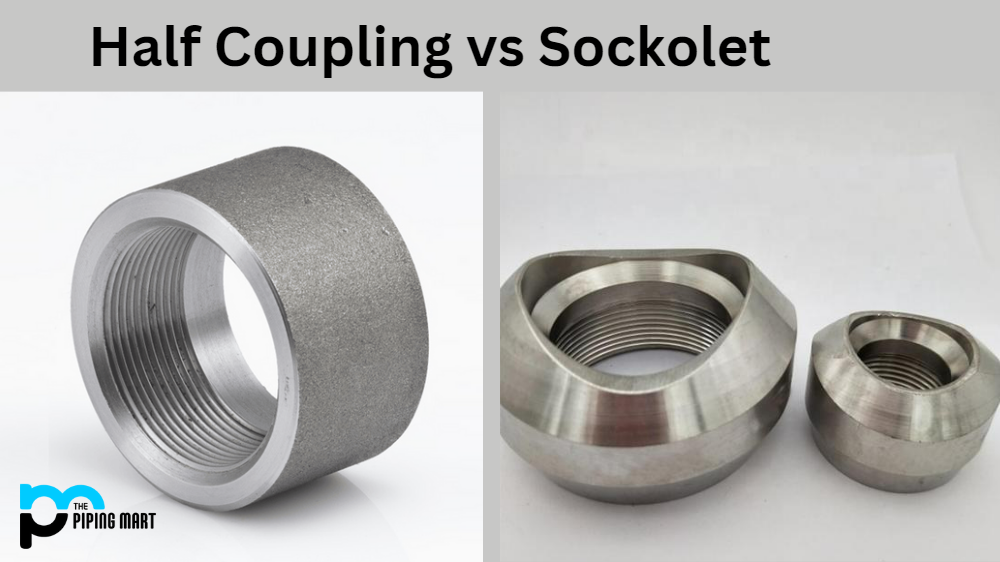Zinc plating is a popular galvanizing process in which a thin layer of zinc is applied to metal parts to protect them from corrosion and wear. While it’s a great way to improve your parts’ longevity and performance, it has both advantages and disadvantages. Let’s take a look at what these are so you can decide if zinc plating is the right choice for your project.
5 Advantages of Zinc Plating
One of the main benefits of zinc plating is that it helps prevent rusting or corrosion on metal surfaces. When metal parts are exposed to extreme temperatures, humidity, or other elements, they can quickly deteriorate. However, zinc plating creates an extra protective layer around the part that keeps this kind of damage at bay. It also helps with wear resistance because it provides an additional layer of protection between moving parts that prevent them from wearing down too quickly.
Zinc plating also offers some aesthetic advantages as well. It can give your parts a glossy finish that enhances their appearance and makes them more visually appealing. This can be beneficial if you create products or components with a high-quality look and feel. Additionally, since zinc plating is relatively inexpensive compared to other galvanizing processes, it’s also easier on the budget.
Zinc plating protects against corrosion.
The zinc coating on zinc-plated steel forms a barrier that protects the steel from corrosion. The zinc is also sacrificial, meaning it will corrode before the steel does. This provides an extra layer of protection for the steel.
Zinc plating is less expensive than other methods of corrosion protection.
Zinc plating is less expensive than other corrosion protection methods, such as stainless steel or aluminum. It is also less expensive than painting, which can be labor-intensive.
Zinc plating can be applied to small parts and intricate designs.
Zinc plating can be applied to small parts and intricate designs, making it ideal for various industries, including electronics and aerospace.
Zinc plating is durable and long-lasting.
When properly maintained, zinc-plated steel can last for decades without showing signs of wear or tear. This makes it an ideal choice for applications where durability is essential.
Zinc plating is environmentally friendly.
Zinc plating is an environmentally friendly process that does not produce harmful emissions.
5 Disadvantages of Zinc Plating
While there are many advantages to using zinc plating, some drawbacks should be considered before making your decision. It doesn’t provide as much protection as other galvanizing processes, such as hot-dip galvanization or electroplating with chrome or nickel alloys. Additionally, while it offers good rust prevention in dry environments, its effectiveness decreases in wet environments with more moisture or water exposure. In addition, since zinc-plated items tend to be thicker than unplated items, they may not fit snugly into tight spaces like smaller screw holes or slots where precision is key. Finally, due to its relatively low cost compared to other galvanizing processes, quality may only be top-notch if you invest in higher-grade materials for your projects.
Zinc is a Limited Resource
Zinc is a limited resource, which means that there is a finite amount of it on Earth. This could eventually lead to zinc being too expensive to use for plating purposes.
Can Cause Allergies
Some people are allergic to zinc, which can cause skin irritation, rashes, and other problems. If you are allergic to zinc, you should avoid coming into contact with it.
Can Corrode Under Certain Conditions
Zinc can corrode under certain conditions, such as high humidity or salt water exposure. This can cause the zinc to flake off, which can be unsightly and potentially dangerous if the flakes end up in food or drink.
Not Recyclable
Zinc is not recyclable, so once it is used for plating, it cannot be reused. This wastefulness could eventually lead to a shortage of zinc.
Can Be Toxic if Inhaled
If zinc dust is inhaled, it can be toxic. This is why workers who are exposed to zinc dust must wear masks and other protective gear.
Conclusion:
When used correctly and with quality materials, zinc plating can offer excellent protection against corrosion and wear for your metal components at an affordable cost. However, if you need superior protection against wet environments or tight tolerances, then other galvanizing options might be more suitable for your needs instead. By understanding both the pros and cons associated with zinc plating, you will be better equipped to decide whether or not this process will work best for your project needs!

Pipingmart is a B2B portal that specializes in metal, industrial and piping items. Additionally, we share the latest information and information about materials, products and various types of grades to assist businesses that are involved in this business.




